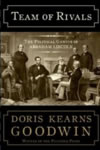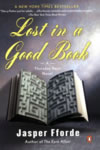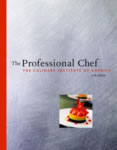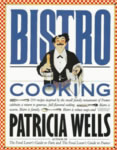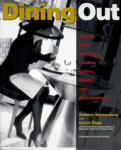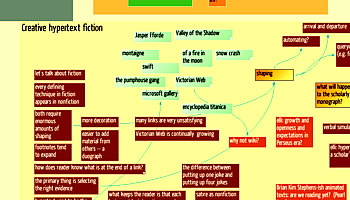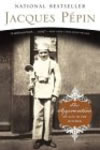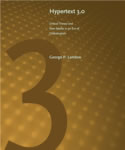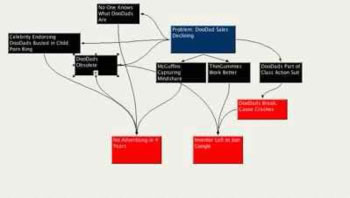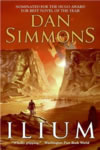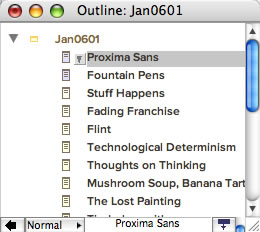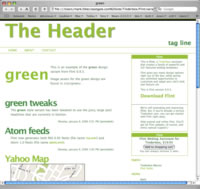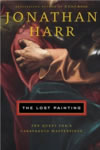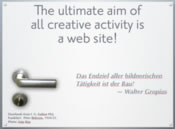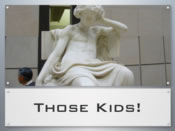A study by Gitte Lindgaard in Behavior and Information Technology found that a mere 50msec glimpse of a web page is sufficient for readers to form a judgment of whether the page is visually appealing. Writing in the pop section of Nature, Michael Hopkin asserts that this means that you'd better make a favorable impression right away if you want Web surfers to buy from you.
Of course, says Caudron, the other golden rule is to make sure that your web pages load quickly, otherwise your customers might not stick around long enough to make that coveted first impression. 'That can be the difference between big business and no business,' he says.
Well, no. The study described here does not demonstrate the claimed effect, and there's excellent reason to doubt the claimed effect exists.
First: there's no news here. We've known for a long time that people could perceive a single film or television frame well enough to gain an emotional impression: that's the point of subliminal advertising. If subliminals work, then surely people will notice blocks of color and composition in web screens.
Second, does visual appeal lead to lots of sales? Take eBay. The eBay home page is ugly -- everyone knows this. I guess that's because eBay is making so little money that they can't afford to hire a designer to improve their use of color? Conversely, do appealing sites lead to hot sales -- making Mark Boulton, say, a tycoon?
Visual appeal is nice. Findability is nice. Structure is nice. Clarity, brevity, and sincerity -- all nice. But they're all secondary.
You can compete on price, or service, or quality. If you're in a tie, the visual appeal of your web page (or of your salesperson) can make a difference. To argue that visual appeal is the dominant factor in web commerce is to assume that people are stupid, that they make snap judgments based on tiny glimpses of the page and act on those judgments against their best interest. It can happen: people make mistakes. In my experience, though, the audience is smarter than you.
The way to do a lot of business on the Web is to offer people things they very much want to buy, at a price they're thrilled to pay.
(Thanks, Peter Merholz, whose comments on the rapid appreciation of genre strike me as more interesting and useful than the study.)
Akscyn's Law, known since 1987, says that link traversal should take about 250msec. If link following is slower, people are distracted; if faster, people sometimes don't notice that the page has changed. Almost all web links break Akscyn's Law, because network latency and page rendering usually require more time. People don't like this: the popuarity of faster connections and faster browsers, and the use fetch-ahead tricks like tab browsing, are user efforts to get closer to Akscyn's Law. But it hasn't kept people from using the Web. Back in the dialup era, people were happy to wait ten or twenty seconds for dancing hamsters.


